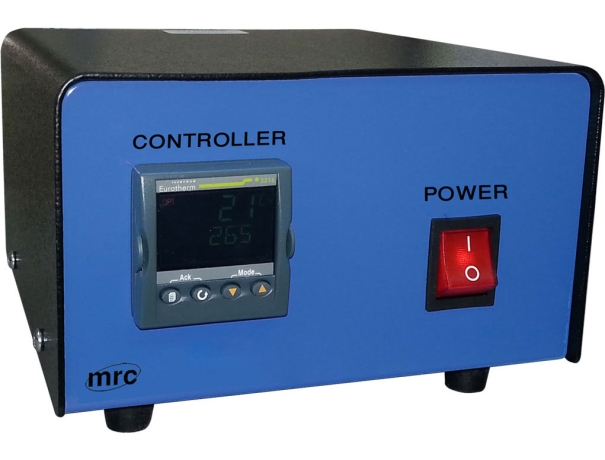A temperature controller is a device used to control temperatures, especially without extensive operator involvement. A controller in a temperature control system will receive a temperature sensor such as a thermocouple or RTD.
Use a temperature controller in the laboratory in processes such as: sliding heating while viewed under a microscope, temperature control on a heating pad, heating pipes by heating tapes. Temperature control on a water tank heated by a heating plate.
What does a temperature controller do?
Temperature controller is important in maintaining a temperature range. It detects the temperature in the cooling room or space,Detects anomalies, and sends an instant alert to address the anomaly change. Temperature sensors connect to the controller and there is an option to connect to heating and cooling units.
What to consider when choosing a temperature controller
It is important to consider the dimensions, the temperature range, its accuracy, the input voltage, the measuring voltage of the device, the display of the device, the manner of control and programming of the controller.
There are three basic types of process controllers:
-ON / OFF,
-Proportional
-PID
